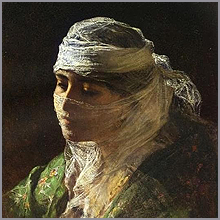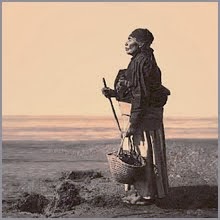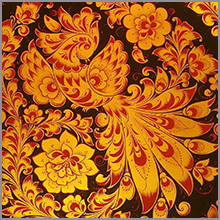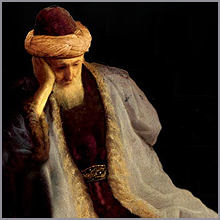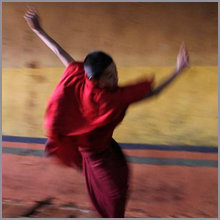How quaintly courageous of you
to stop your ears with wax –
ply your oars and bend your backs
the wild wind roars and the darkness cracks
around you.
Wax and rope to bind you fast
trussed like fools to your oars and mast.
As if that would help against us!
Such false security lulls.
For the bees that made the wax
also made the honey
that our singing pours into your skulls.
Those same bees are our allies
And scheme against your fires.
See: you need only look on us,
and your brains boil with all your longings and desires.
White-hot, the wax melts, and you are spell-stopped:
you hear our songs, and from that moment you are ours.
Did you really imagine
that you always would have things your way?
It has been millennia. Thousands of years
of being denied our true selves,
Thousands of years of our bodies’ violation,
of you thinking that you could keep us
safely in our station, doing what is meet –
of you even being so afraid of our hair
that we have to wear
hats in church, veils on the street:
a denied womanhood in a vanity fair.
So go ahead:
you can stop your ears with wax
if that makes you feel safer
and you can bind yourself to the mast.
But the bees work in dark alliance
and are on our side.
Now look at my hair, and see me at last:
it is an unfurled flag of defiance,
the banner of a justice long denied.
And now you taste at last
the same fear we have tasted
these centuries past:
Not being free to walk the streets at night,
not being free to walk the streets at all
because your desires seized a stolen requite:
desires which were not true desires at all.
So you can stop your ears with wax
but you cannot quench the fire.
for remember the bees work against you
as does your desire
White-hot and melting together
The centuries hear our songs
and the moon will finally rest
where the moon belongs.
And we who have borne these many wrongs
feel in the rush of time
the raging wind of our wings,
and the unfolding sublime
and whether you choose to or not
you will listen to our songs
and the moon will find her rest at last
where the moon belongs.



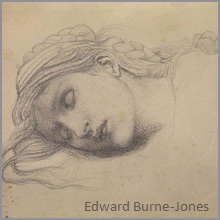

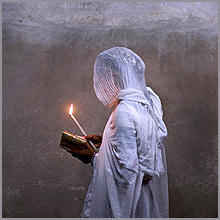
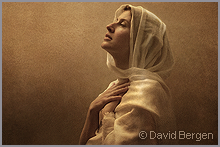
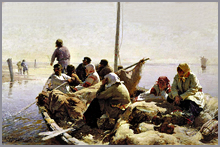
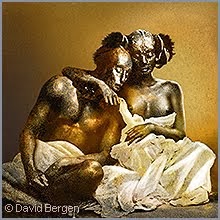


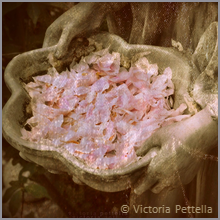
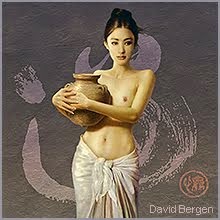

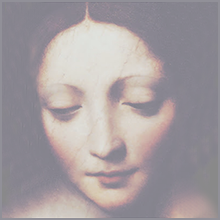
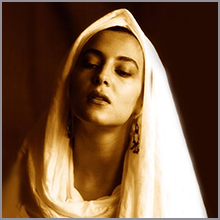
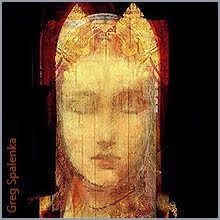
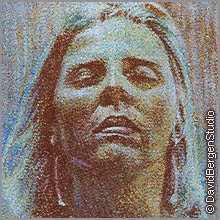







.png)



